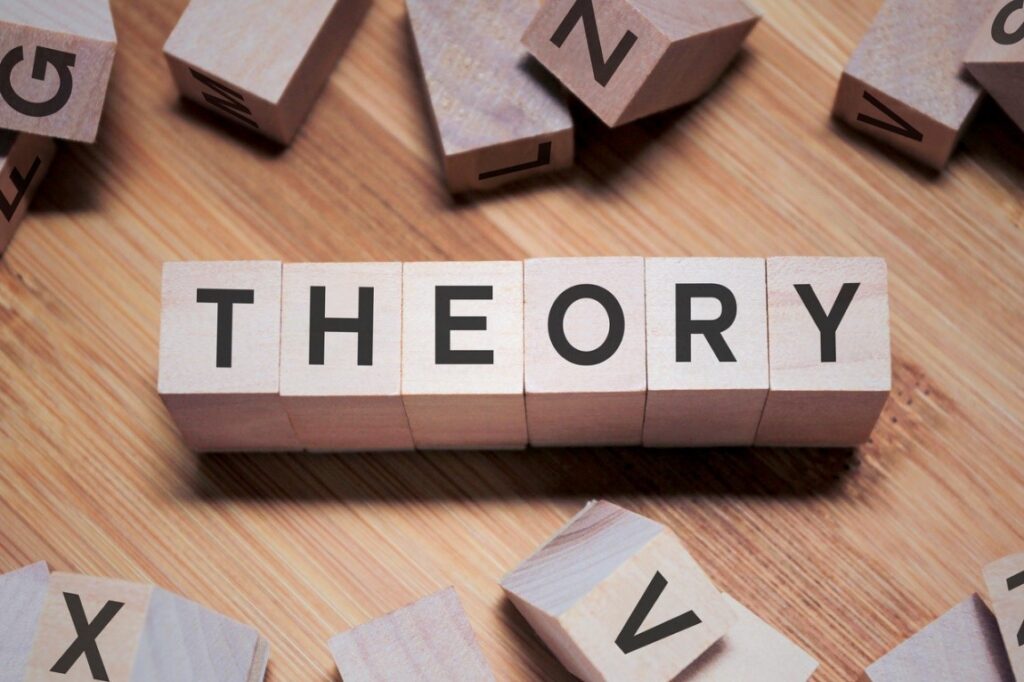Organisational culture has many theoretical conceptualisations, different theorists and academics have thought about this idea in different ways. Edgar Schein’s theory of organisational culture is a prominent theory in management studies, he argues that organisational culture develops overtime as the organisation changes and adapts to external and internal pressures. His conceptualisation is vey holistic with his theory encapsulating organisational climates, interaction behaviours, rituals, values, formal philosophy, group norms, ‘rules of the game’, identity and self-image, skills, habits, mental modes, shared meaning and ‘root metaphors’. He breaks this down into a three level model:
- Artefacts
- Espoused beliefs and values
- Basic underlying assumptions
Artefacts
Artefacts are defined as the visible and tangible structures, processes and observed behaviours throughout the organisation. this can include the dress code of the employees, office furniture, facilities, behaviour of the employees, the statements and speeches by the leadership, these among other things all play a role in deciding the culture of the workplace. Below are two examples of how artefacts play a role in determining the culture of an organisation. Organisation A culture would be felt as stringent and professional atmosphere through these artefacts, where-as organisation B has artefacts that give employees a sense of trust and friendly culture.
Organisation A
- No one in organization A is allowed to dress up casually.
- Employees respect their superiors and avoid unnecessary disputes.
- There is a lot of emphasis put on deadlines and that tasks are accomplished within the stipulated time frame.
Organisation B
- The employees can wear whatever they feel like.
- The employees use casual language and are the relationship with their supervisors is considered informal
- Individuals are more flexible with their work and know that as long as they get the work done, there isn’t pressure
Espoused beliefs and values
The espoused values in an organisation are derived from the ideals, goals and aspirations that can be found throughout the organisation. This might be seen through the immediate solutions that employees think of when a problem arises. Does this organisation value self initiative or do the employees believe that one should always refer something to their manager? These rationalisations are less visible and can’t be pointed to (like artefacts) but are the way that things get done through the attitudes and mindsets of individuals and how they affected by the organisation.
This also can be the things that managers and leaders say within the organisation. Perhaps the organisation says that they value creativity in individuals and they state that they have an atmosphere that is conducive for employees to explore their innovative ideas (these are espoused values), however in practice they may actually be dismissive of these behaviours (these are artefacts). Therefore these espoused values may or may not be congruent with the observed behaviours in an organisation.
Espoused value in organisation A (if congruent with the artefacts) would be about how both professional appearance, efficient and strict work deadlines leads to success in organisations. Organisation B in contrast espoused values would be about how they believe in creating a space that employees can be themselves, which leads to employees satisfaction and increased performance.

Basic underlying assumptions
The final level is ‘unconscious’, it is the taken-for-granted beliefs and values that these cannot easily be articulated. These can’t be measured and it is difficult to point to what they exactly are. These do have an influence on the assumptions of the employees and can affect the work culture. This can be summarised as ‘the way things are’ and was derived mainly from anthropological theories.
The inner aspects of human nature come under the third level of organisation culture. This can mean that certain events, behaviours may be observed by employees and they have an emotional reaction. For example an organisation that is based in china may have an underlying assumption of respect for the leaders and they naturally more inclined to collectivistic ways of thinking. Therefore, being aware of the worldviews of the employees is important to consider. It may be that a large organisation with offices in China and in America may have very different sub-cultures within each office due to the other factors that can contribute (such-as which nation the office is embedded).
Individuals underlying assumptions can vary between people and if an employee in an organisation believes that people will not work if they aren’t watched closely, they will assume the worst whenever there is a moment to doubt. If enough people in an organisation think that, then eventually the organisational culture will become highly policed and no-one will trust employees to work. However, the opposite is also true, if everyone believes that people will work hard and are motivated for the organisation then overtime (and through some organisational change mechanisms) the culture can shift and the assumption of individual’s will become positive when they interpret the behaviours of others.
